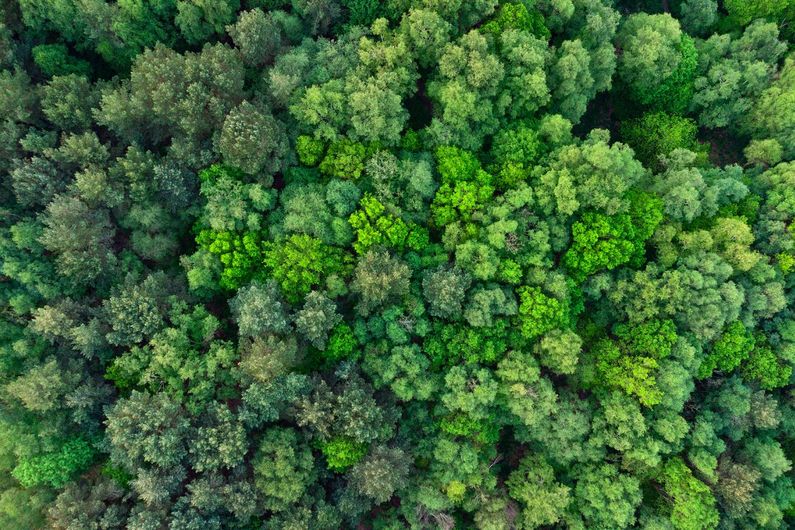Living near leafy trees doesn’t always protect kids from asthma
- UdeMNouvelles
03/05/2024
- Béatrice St-Cyr-Leroux
A new study shows that, in urban environments, trees can both increase and decrease the risk of children developing asthma.
Trees play a big role in how children in cities develop asthma. But it’s not as simple as “more trees equals less asthma." It depends on the season: trees decrease the risk of developing asthma during the leafy season but increase the risk during the pollen season.
That’s the finding of a study of more than 300,000 Montreal children by Louise Duquesne, a master’s student at Université de Montréal supervised by Audrey Smargiassi, a professor in the Department of Environmental and Occupational Health of the School of Public Health.
The study was published in the December 2023 issue of Environmental Epidemiology.
“We knew that tree pollen exacerbates the symptoms of asthma sufferers,” said Smargiassi. “But this study goes a step further and shows that during the pollen season, trees increase a child’s risk of actually developing the condition, possibly due to prolonged pollen exposure.”
Scientists don’t yet know exactly why, by contrast, trees decrease the risk during the leafy season. But the most common hypothesis is that trees reduce air pollution which can provoke asthma.
“Their foliage creates a physical barrier that keeps air pollutants from reaching us,” explained Smargiassi. “Leaves can also trap particulate matter on their surface and even absorb gaseous pollutants. "
But, she added, "these mechanisms are based mainly on experimental studies; the evidence that trees and other plants actually reduce air pollution levels is inconclusive. It’s also been suggested that trees reduce the risk of asthma by lowering stress levels.”
A closer look
“It’s been shown that tree pollen affects asthma,” Smargiassi continued. “However, few studies have looked at whether asthma is more pronounced in areas with more tree cover. And those that did used rudimentary data and didn’t look for a seasonal effect, both of which we prioritized in our study.”
The research team followed their cohort of children born in Montreal between 2000 and 2015, up to the age of 12. The researchers estimated the total vegetation each child was exposed to, using satellite data to calculate a so-called NDVI (Normalized Difference Vegetation Index) for their neighbourhood. Laser-based remote sensing data were used to test the effects of evergreen and deciduous trees separately.
Smargiassi believes that more work is needed to pinpoint the specific characteristics of plants that impact human health. With that knowledge, efforts could be made to maximize the benefits and minimize the harms associated with green infrastructures in urban areas.
“We also have to keep in mind that this study deals only with childhood asthma," Smargiassi added, "and that green spaces contribute in many other ways to building healthy and resilient cities."
About this study
"The influence of urban trees and total vegetation on asthma development in children," by Audrey Smargiassi et al, was published in the December 2023 issue of Environmental Epidemiology.














